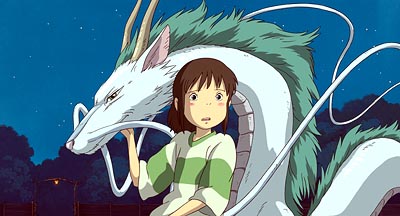Possibly the best known example of Japanese art in the world. Like many others, I first became aware of this wood block print at school, and have since bought a reproduction of it which is displayed in my bedroom. But what does this piece of art mean to me? And what is it’s history? Thanks to BBC Four’s wonderful documentary about this highly important piece, I have learnt a great deal about the it, and it’s creator, Katsushika Hokusai.
Hokusai had retired, but at the age of 70 had to begin working again after his grandson gambled away his pension. Hokusai and his daughter had found themselves living in a temple, with no money, no clothes of their own, and no way of earning, save for Hokusai coming out of retirement and beginning to paint and create wood block prints again.
The Great Wave off Kanagawa, also simply known as The Great Wave, was one of 36 prints Hokusai made in a series of Views of Mount Fuji. These prints offer different perspectives of Fuji, some from a great distance where Fuji is seen peaking from the back ground, whilst others, such as Red Fuji, are primarily of the Mountain.
The Great Wave is the best known of these prints, primarily because of the intense imagery and vivid colours (the deep blue, or Prussian blue, was new to Japan). Three boats seem helpless to this waves power, stuck in time before engulfing them and their boats. It was created sometime between 1829 and 1832.
To Western observers, ones eye is directed firstly to the wave, as in the West we read from left to right. Therefore, one can interpret that the wave all powerful and dangerous. However, the Japanese read from right to left, and thus the eye will invariably be drawn to the image of Mt Fuji, the Japanese symbol for beauty and strongly linked to its national identity. In most Eastern interpretations of this picture, the image shows not the destructive forces of nature, but the persistence and fearless determination of the 30 fishermen in the boats, risking their lives to bring fish to market.
(The image above is the inverse of the original, to show how Eastern viewers would see the painting)
For me, this picture represents life. It shows humans on the edge of chaos. A life without chaos would be plain and dull, and a life purely fuelled by chaotic motives would lead to destruction. But a life lived on the edge, close enough to feel fear, excitement, danger and the elation after overcoming the things we fear, make for a well lived life, rather than an existence.
And by the by... Does this logo look familiar to you?
One of the many examples of the continuing influence of Hokusai’s work.
Disclaimer: none of the above images are my own, and all found through the wonder of a google search :)






